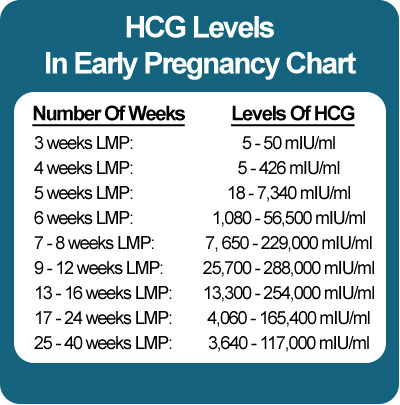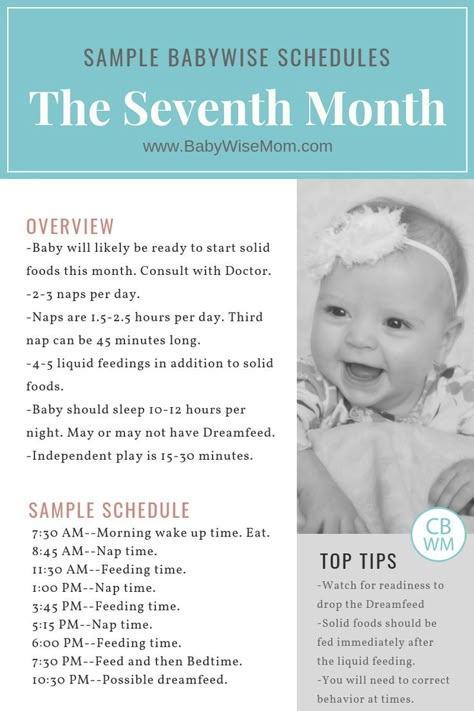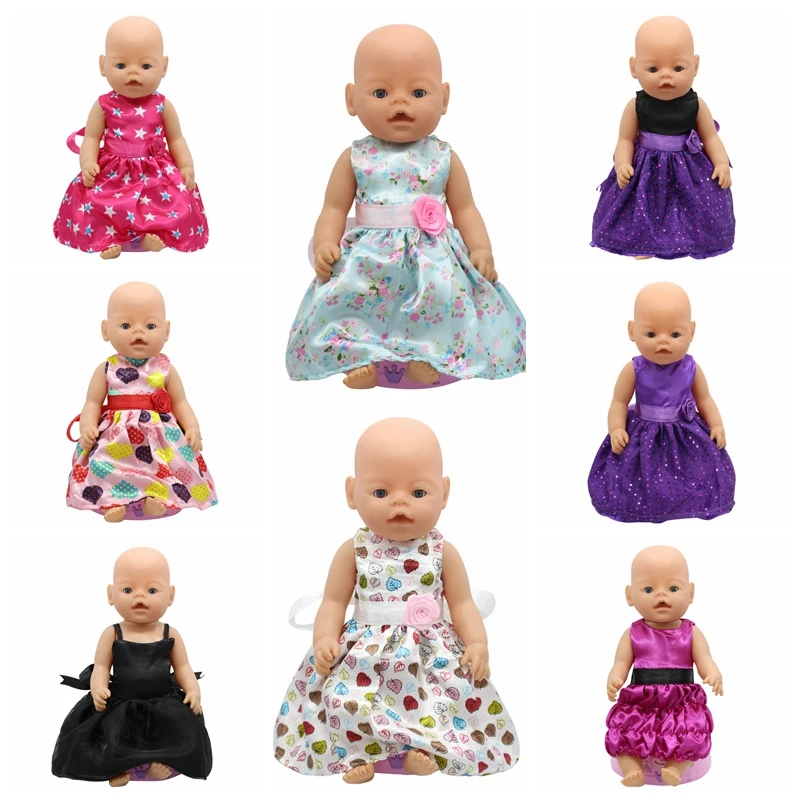Newborn is red
What Your Baby's Skin Is Telling You
Keywords
Dani Kurtz
If you prefer to listen to this article, click on the SoundCloud player below.
Your Baby’s Skin
Many parents’ first anxious questions relate to the appearance of their baby’s skin. “Is my baby too red?” “What are those marks on his skin?” “Why does she have pimples?” Here are some things you may discover about your baby’s skin:
- Skin color: Skin color in newborns can vary greatly — from a pink and white or yellowish tone to the typical redness. Even from one moment to the next, skin color can vary depending on the activity level of the baby. Of course, family characteristics and racial factors will also influence the color of your baby’s skin. At birth, the skin of the normal newborn is reddish-purple in color and turns bright red when the baby cries. (During the first few days of life, the skin gradually loses this redness.) In addition, the newborn’s hands and feet may be cool and blue. By the third day, he may also appear slightly yellow. This condition is called jaundice. It is common in newborns, and only occasionally requires special treatment.
- Rash: Your infant’s tender and sensitive skin commonly reacts to his new environment.
 Scattered, pinhead-sized, or somewhat larger papules (pimples) surrounded by a mild red zone may appear in various areas of the body when your baby is about 2 days old. These will disappear over time. The cause is unknown, and the rash requires no treatment.
Scattered, pinhead-sized, or somewhat larger papules (pimples) surrounded by a mild red zone may appear in various areas of the body when your baby is about 2 days old. These will disappear over time. The cause is unknown, and the rash requires no treatment. - Acrocyanosis: A blue color of the hands and feet is called acrocyanosis. It is caused by a decrease in the circulation of blood to the skin of the hands and feet. This condition frequently occurs during the early hours of life. However, a baby should never be blue around the face and lips. If you notice that your baby’s face and lips have a blue color, or if she has dusky or blue skin, this may indicate a serious problem and requires immediate medical attention.
- Mottling: A new baby’s skin can also look blotchy or mottled. This is especially noticeable if the baby is uncovered or cold. Mottling can also occur if your baby is ill. If your baby’s skin color becomes pale or mottled, take her temperature.
 If it is higher or lower than the normal range, all your baby’s doctor.
If it is higher or lower than the normal range, all your baby’s doctor. - Cradle cap: Cradle cap is a scaly patch of skin that develops on the scalp. Brushing your baby’s hair daily and washing it frequently — every time you bathe him, or two to three times per week — may help prevent cradle cap. If cradle cap occurs, call your baby’s doctor.
- Milia: The whitish, pinhead-size spots, mainly on and around the nose or the newborn’s chin, are called milia. Although they appear as tiny pimples, it is important not to disturb or break them, or put acne medication on them. Doing so could produce a rash or cause the skin to scar. Milia are normal in newborns and usually disappear within a few weeks.
- Stork bite marks: This is a fanciful term for the areas of pink or red often present in the newborn on the upper eyelids, forehead, and back of the neck. These marks are caused by blood vessels that are close to the surface of the skin.
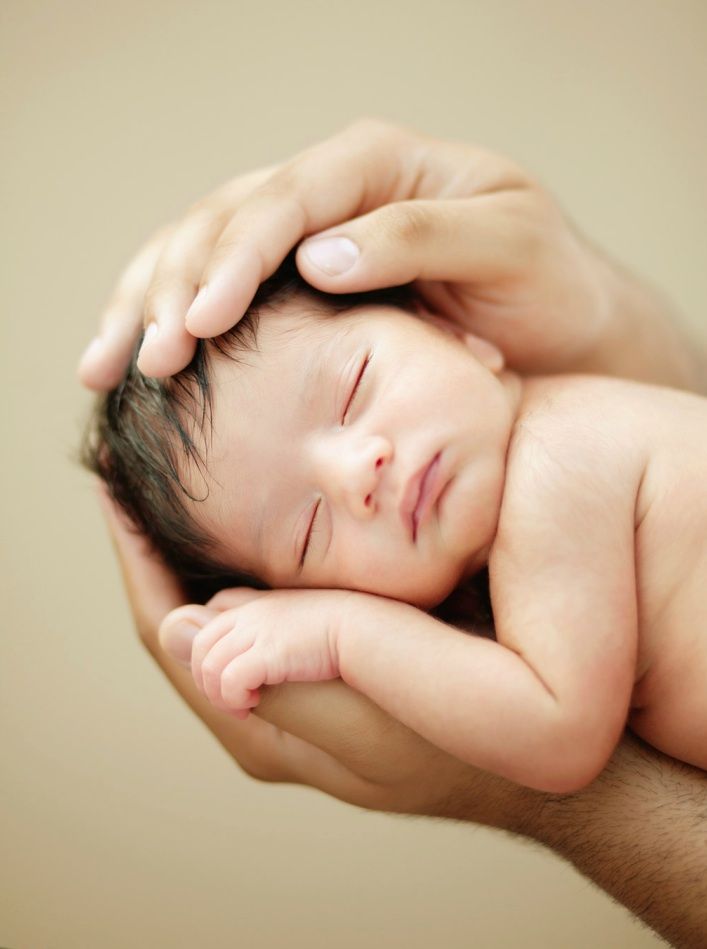 They usually fade by the end of the baby’s second year. These “birthmarks” occur in as many as half of all newborns, especially in those with fair complexions.
They usually fade by the end of the baby’s second year. These “birthmarks” occur in as many as half of all newborns, especially in those with fair complexions.
Proper skin care for your newborn
A baby's soft and delicate skin needs special care. Using skin care product made specifically for babies is a great place to start, but your baby's doctor can advise you about other products. Products for adults may be too harsh for a baby and may contain irritants or allergens.
The first thing many adults do after a shower or bath is apply lotion, but for the most part, this is unnecessary for babies unless the baby's skin is dry. Powders should be avoided, unless they are recommended by your baby's doctor. When using any powder, put the powder in your hand and then apply it to the baby's skin. Shaking powder into the air releases dust and talc which can harm your baby's lungs.
Laundry detergents may cause irritation to a baby's delicate skin. If your baby seems sensitive to detergent, you can use a special detergent for babies with sensitive skin and give the laundry an extra rinse with plain water to remove any leftover detergent.![]()
Intermountain Moms Baby Your Baby, Intermountain Moms, LiVe Well, Pediatrics, Women and Newborn
Last Updated: 2/29/2020
-
Intermountain Moms
-
Intermountain Moms
-
Intermountain Moms
-
Intermountain Moms
-
Intermountain Moms
-
Intermountain Moms
-
Intermountain Moms
-
Intermountain Moms
Copyright ©2022, Intermountain Healthcare, All rights reserved.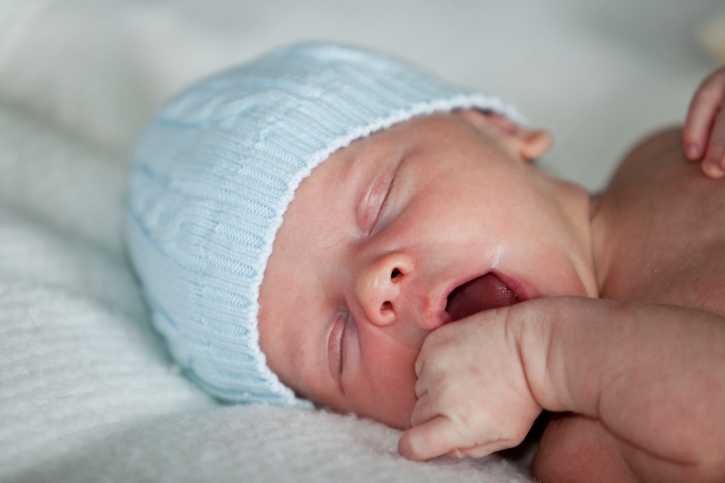
Looking at Your Newborn: What's Normal (for Parents)
When their little one comes into the world, new parents might be surprised by their baby's appearance. Instead of the picture-perfect cherub, babies often look bluish, are covered with blood and cream-cheesy glop, and look like they've just been in a fist-fight.
The features that may make a normal newborn look strange are temporary. After all, babies develop while immersed in fluid, folded up in an increasingly cramped space inside the uterus. Then in most deliveries, they're pushed through a narrow, bone-walled birth canal.
When you'll get to first see and touch your newborn may depend on the type of delivery, your condition, and the condition of your baby. Following an uncomplicated vaginal delivery, you should be able to hold your baby within minutes.
What Should We Expect?
In most cases, infants seem to be in a state of quiet alertness during the first hour or so after delivery. It's a great time for you and your newborn to get acquainted and begin the bonding process.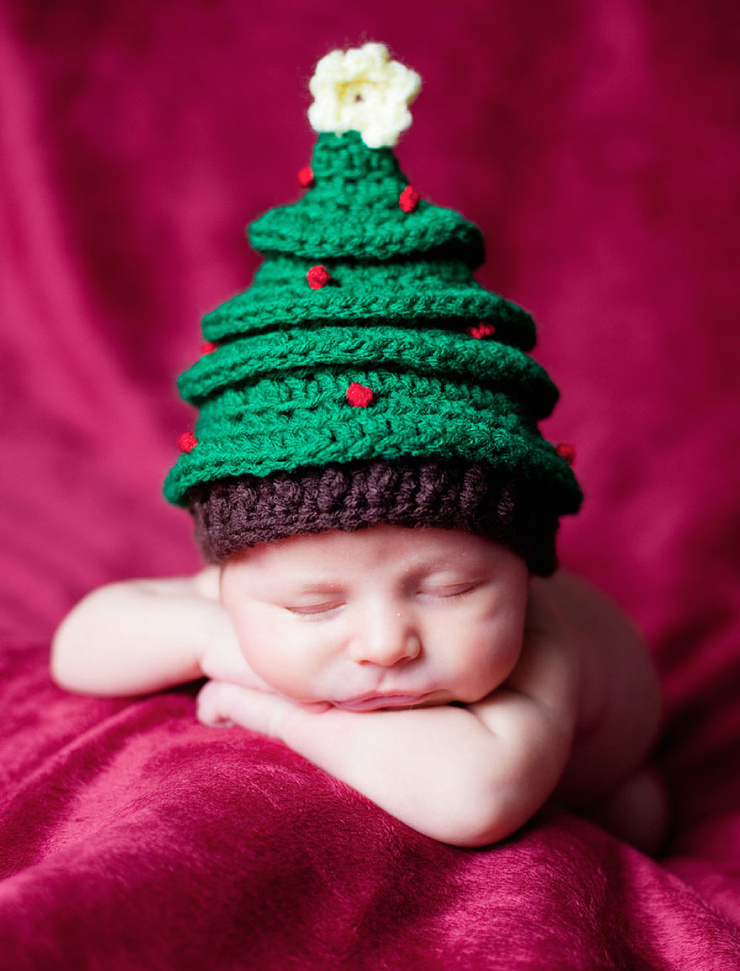 And it's OK if circumstances prevent you from meeting your infant right away — you'll have plenty of quality time together soon.
And it's OK if circumstances prevent you from meeting your infant right away — you'll have plenty of quality time together soon.
Posture
During the first several weeks, you'll notice that much of the time your baby will tend to keep his or her fists clenched, elbows bent, hips and knees flexed, and arms and legs held close to the front of his or her body. This position is similar to the fetal position during the last months of pregnancy. Infants who are born prematurely may display several differences in their posture, appearance, activity, and behavior compared with full-term newborns.
Primitive Reflexes
Infants are born with a number of instinctual responses to stimuli, such as light or touch, known as primitive reflexes, which gradually disappear as the baby matures. These reflexes include the:
- sucking reflex, which triggers an infant to forcibly suck on any object put in the mouth
- grasp reflex, which causes a newborn to tightly close the fingers when pressure is applied to the inside of the infant's hand by a finger or other object
- Moro reflex, or startle response, which causes an infant to suddenly throw the arms out to the sides and then quickly bring them back toward the middle of the body whenever the baby has been startled by a loud noise, bright light, strong smell, sudden movement, or other stimulus
Also, due to the immaturity of their developing nervous systems, newborns' arms, legs, and chins may tremble or shake, particularly when they're crying or agitated.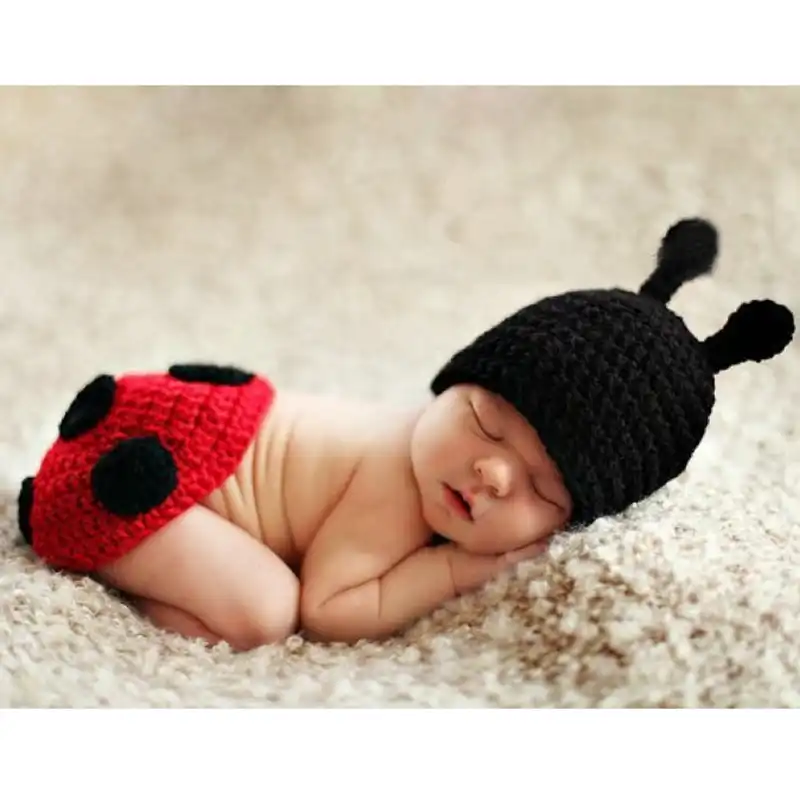
Sleeping and Breathing
In the first weeks, infants usually spend most of their time sleeping. Newborns whose mothers received certain types of pain medications or anesthesia during labor or delivery can be especially sleepy during the first day or two of life.
Many new parents become concerned about their newborn's breathing pattern, particularly with the increased attention to sudden infant death syndrome (SIDS) in recent years. But rest assured that it's normal for newborns to breathe somewhat irregularly.
When infants are awake, their breathing rate may vary widely, sometimes exceeding 60 breaths per minute, particularly when they're excited or following a bout of crying. Also common are periods during which they stop breathing for about 5 to 10 seconds and then start up again on their own. Known as periodic breathing, it's more likely during sleep and is normal. However, if your baby turns blue or stops breathing for longer stretches of time, it's considered an emergency and you should contact your child's doctor immediately or go to the emergency room.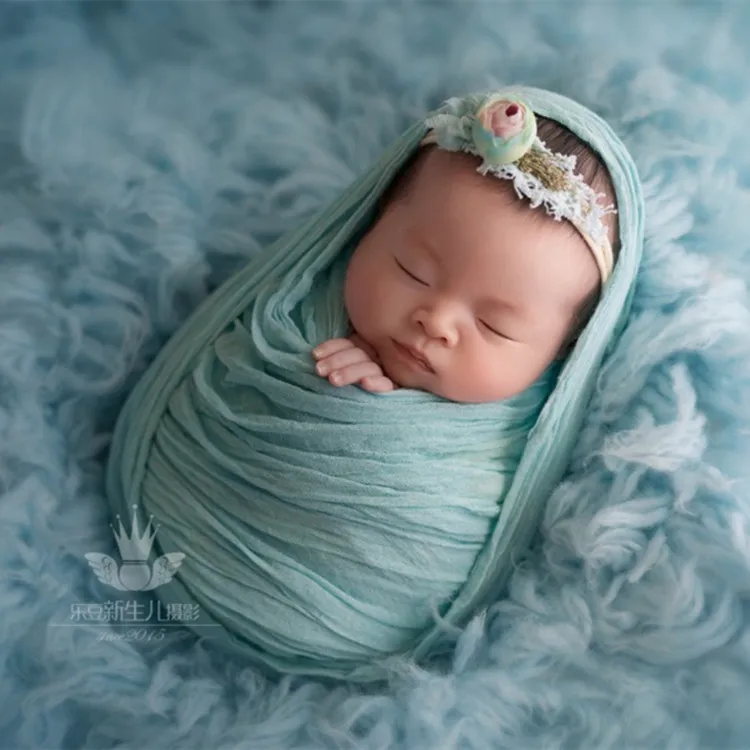
Although talking won't come until much later, your newborn will produce a symphony of noises — especially high-pitched squeaks — in addition to the obligatory crying. Sneezing and hiccups are common and are not signs of infection, allergies, or digestive problems.
p
Head
Because an infant's head is usually the first part through the birth canal, it can be affected by the delivery process. A newborn's skull is made of several separate bones (which will eventually fuse together) to allow the large head to be squeezed through the narrow birth canal without injury to mother or baby.
The heads of infants born by vaginal delivery often show some degree of molding, which is when the skull bones shift and overlap, making the top of the head look elongated, stretched out, or even pointed at birth. This sometimes bizarre appearance will go away over the next several days as the skull bones move into a more rounded configuration. The heads of babies born by cesarean section or breech (buttocks or feet first) delivery usually don't show molding.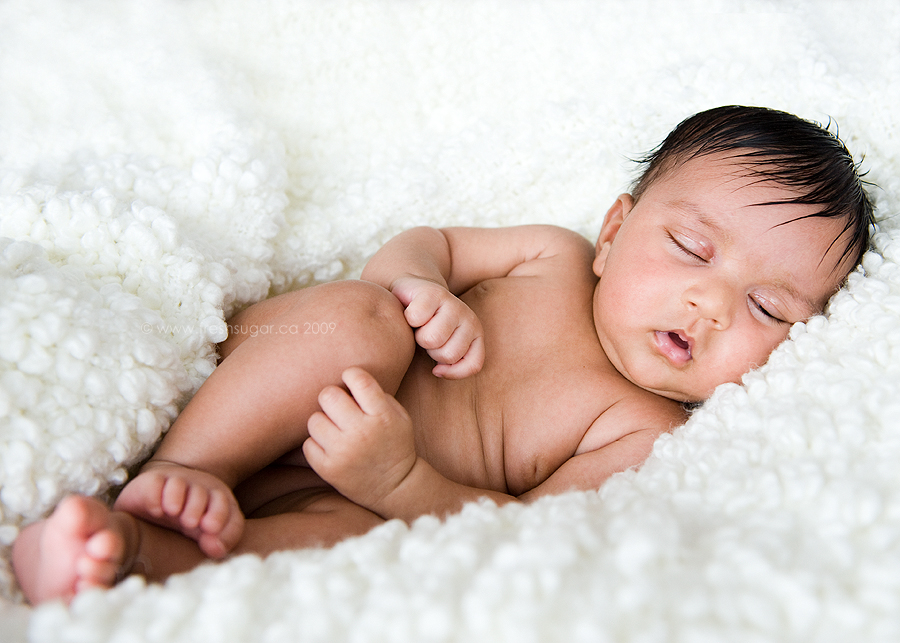
Because of the separation of your newborn's skull bones, you'll be able to feel (go ahead, you won't harm anything) two fontanels, or soft spots, on the top of the head. The larger one, located toward the front of the head, is diamond-shaped and usually about 1 to 3 inches wide. A smaller, triangle-shaped fontanel is found farther back on the head, where a beanie might be worn.
Don't be alarmed if you see the fontanels bulge out when your infant cries or strains, or if they seem to move up and down in time with the baby's heartbeat. This is perfectly normal. The fontanels will eventually disappear as the skull bones close together — usually in about 12 to 18 months for the front fontanel and in about 6 months for the one in back.
In addition to looking elongated, a newborn's head may have a lump or two as a result of the trauma of delivery. Caput succedaneum is a circular swelling and bruising of the scalp usually seen on top of the head toward the back, which is the part of the scalp most often leading the way through the birth canal. This will fade over a few days.
This will fade over a few days.
A cephalohematoma is a collection of blood that has seeped under the outer covering membrane of one of the skull bones. This is usually caused during birth by the pressure of the head against the mother's pelvic bones. The lump is confined to one side of the top of the baby's head and, in contrast to caput succedaneum, may take a week or two to disappear. The breakdown of the blood collected in a cephalohematoma may cause these infants to become somewhat more jaundiced than others during the first week of life.
It's important to remember that both caput succedaneum and cephalohematoma occur due to trauma outside of the skull — neither indicates that there has been any injury to the infant's brain.
Face
A newborn's face may look quite puffy due to fluid accumulation and the rough trip through the birth canal. The infant's facial appearance often changes significantly during the first few days as the baby gets rid of the extra fluid and the trauma of delivery eases. That's why the photos you take of your baby later on at home usually look a lot different than those "new arrival" nursery shots.
That's why the photos you take of your baby later on at home usually look a lot different than those "new arrival" nursery shots.
In some cases, a newborn's facial features can be quite distorted as a result of positioning in the uterus and the squeeze through the birth canal. Not to worry — that folded ear, flattened nose, or crooked jaw usually comes back into place over time.
p
Eyes
A few minutes after birth, most infants open their eyes and start to look around at their environment. Newborns can see, but they probably don't focus well at first, which is why their eyes may seem out of line or crossed at times during the first 2 to 3 months. Because of the puffiness of their eyelids, some infants may not be able to open their eyes wide right away.
When holding your newborn, you can encourage eye opening by taking advantage of your baby's "doll's eye" reflex, which is a tendency to open the eyes more when held in an upright position.
Parents are sometimes startled to see that the white part of one or both of their newborn's eyes appears blood-red. Called subconjunctival hemorrhage, this occurs when blood leaks under the covering of the eyeball due to the trauma of delivery. It's a harmless condition similar to a skin bruise that goes away after several days, and it generally doesn't indicate that there has been any damage to the infant's eyes.
Called subconjunctival hemorrhage, this occurs when blood leaks under the covering of the eyeball due to the trauma of delivery. It's a harmless condition similar to a skin bruise that goes away after several days, and it generally doesn't indicate that there has been any damage to the infant's eyes.
Parents are often curious to know what color eyes their infant will have. If a baby's eyes are brown at birth, they will remain so. This is the case for most black and Asian infants. Most white infants are born with bluish-gray eyes, but the pigmentation of the iris (the colored part of the eye) may progressively darken, usually not reaching its permanent color until about 3 to 6 months of age.
Ears
A newborn's ears, as well as other features, may be distorted by the position they were in while inside the uterus. Because the baby hasn't yet developed the thick cartilage that gives firm shape to an older child's ears, it isn't unusual for newborns to come out with temporarily folded or otherwise misshapen ears.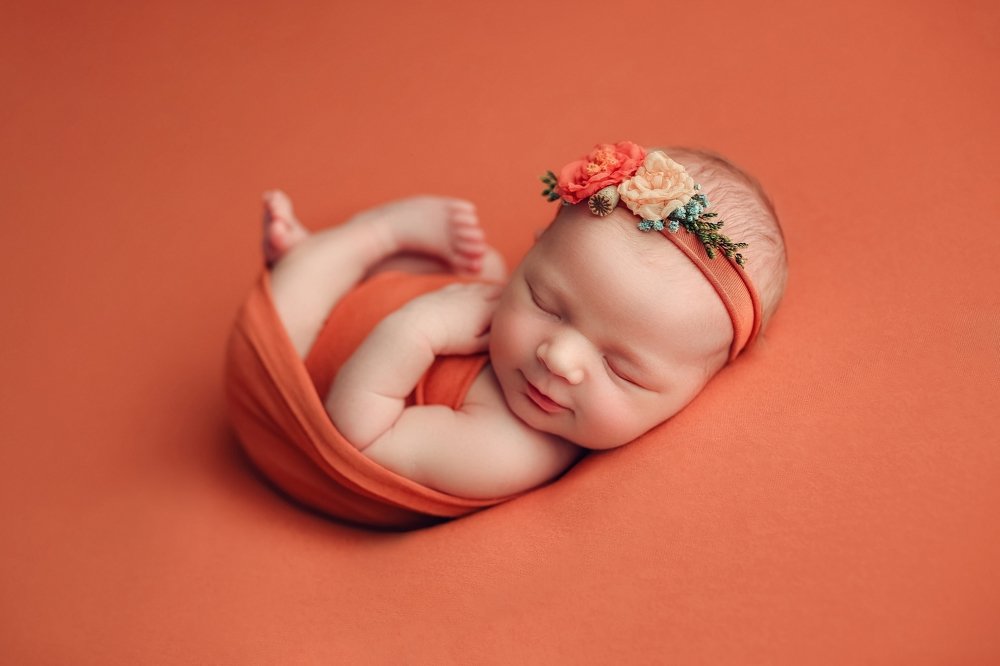 Small tags of skin or pits (shallow holes) in the skin on the side of the face just in front of the ear are also common. Usually, these skin tags can be easily removed (talk to your doctor).
Small tags of skin or pits (shallow holes) in the skin on the side of the face just in front of the ear are also common. Usually, these skin tags can be easily removed (talk to your doctor).
Nose
Because newborns tend to breathe through their noses and their nasal passages are narrow, small amounts of nasal fluid or mucus can cause them to breathe noisily or sound congested even when they don't have a cold or other problem. Talk with your doctor about the use of saltwater nose drops and a bulb syringe to help clear the nasal passages if necessary.
Sneezing is also common in newborns. This is a normal reflex and isn't due to an infection, allergies, or other problems.
Mouth
When your newborn opens his or her mouth to yawn or cry, you may notice some small white spots on the roof of the mouth, usually near the center. These small collections of cells are called Epstein's pearls and, along with fluid-filled cysts sometimes present on the gums, will disappear during the first few weeks.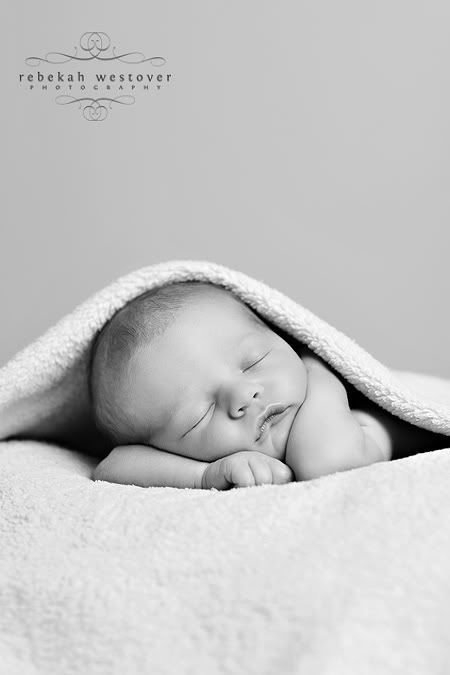
p
Neck
Yes ... it's there. Normally the neck looks short in newborns because it tends to get lost in the chubby cheeks and folds of skin.
Chest
Because an infant's chest wall is thin, you may easily feel or observe your baby's upper chest move with each heartbeat. This is normal and isn't a cause for concern.
Also, both male and female newborns can have breast enlargement. This is due to the female hormone estrogen passed to the fetus from the mother during pregnancy. You may feel firm, disc-shaped lumps of tissue beneath the nipples and, occasionally, a small amount of milky fluid (called "witch's milk" in folklore) may be released from the nipples. The breast enlargement almost always disappears during the first few weeks. Despite what some parents believe, you shouldn't squeeze the breast tissue — it will not make the breasts shrink any faster than they will on their own.
Arms and Legs
Following birth, full-term newborns tend to assume a posture similar to what their position in the cramped uterus had been: arms and legs flexed and held close to their bodies.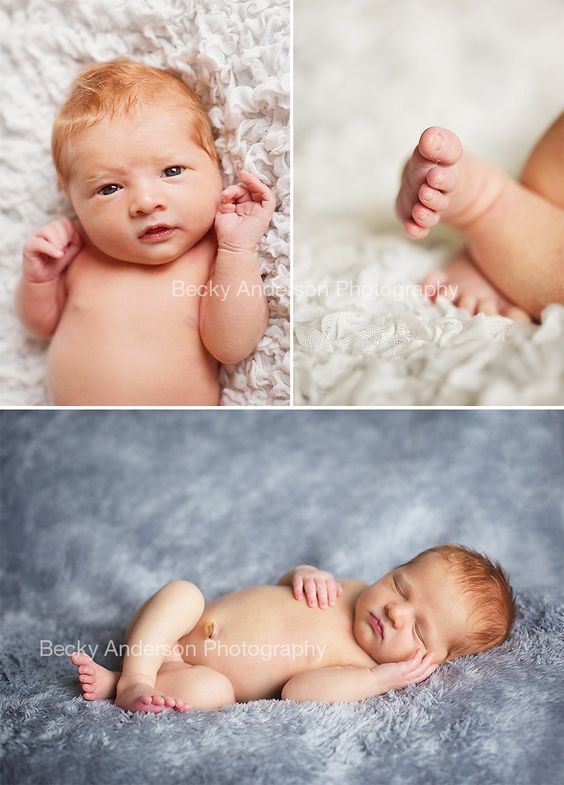 The hands are usually tightly closed, and it may be difficult for you to open them up because touching or placing an object in the palms triggers a strong grasp reflex.
The hands are usually tightly closed, and it may be difficult for you to open them up because touching or placing an object in the palms triggers a strong grasp reflex.
Fingernails
Infants' fingernails can be long enough at birth to scratch their skin as they bring their hands to their faces. If this is the case, you can carefully trim your baby's nails with a pair of small scissors.
Sometimes parents are concerned about the curved appearance of their newborn's feet and legs. But if you recall the usual position of the fetus in the womb during the final months of pregnancy — hips flexed and knees bent with the legs and feet crossed tightly up against the abdomen — it's no surprise that a newborn's legs and feet tend to curve inward.
You can usually move your newborn's legs and feet into a "walking" position; and this will happen naturally as a baby begins to bear weight, walk, and grow through the first 2 to 3 years of life.
p
Abdomen
It's normal for a baby's abdomen (belly) to appear somewhat full and rounded.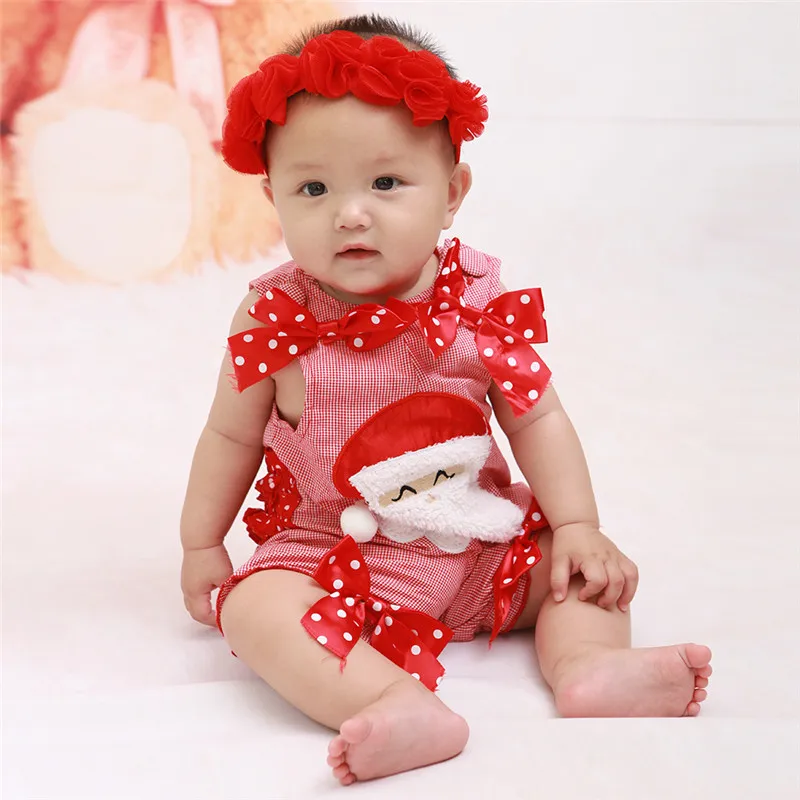 When your baby cries or strains, you may also note that the skin over the central area of the abdomen may protrude between the strips of muscle tissue making up the abdominal wall on either side. This almost always disappears during the next several months as a baby grows.
When your baby cries or strains, you may also note that the skin over the central area of the abdomen may protrude between the strips of muscle tissue making up the abdominal wall on either side. This almost always disappears during the next several months as a baby grows.
Many parents are concerned about the appearance and care of their infant's umbilical cord. The cord contains three blood vessels (two arteries and a vein) encased in a jelly-like substance. Following delivery, the cord is clamped or tied off before it's cut to separate the infant from the placenta. The umbilical stump is then simply allowed to wither and drop off, which usually happens in about 10 days to 3 weeks.
You may be instructed to swab the area with alcohol periodically or wash it with soap and water if the stump becomes dirty or sticky to help prevent infection until the cord falls off and the stump dries up. The baby's navel area shouldn't be submerged in water during bathing until this occurs. The withering cord will go through color changes, from yellow to brown or black — this is normal. You should consult your baby's doctor if the navel area becomes red or if a foul odor or discharge develops.
The withering cord will go through color changes, from yellow to brown or black — this is normal. You should consult your baby's doctor if the navel area becomes red or if a foul odor or discharge develops.
Umbilical (navel) hernias are common in newborns, particularly in infants of African heritage. A hole in the wall of the abdomen at the site of the umbilical cord/future navel allows the baby's intestine to protrude through when he or she cries or strains, causing the overlying skin to bulge outward. These hernias are generally harmless and aren't painful to the infant. Most close on their own during the first few years, but a simple surgical procedure can fix the hernia if it doesn't close by itself. Home remedies for umbilical hernias that have been tried through the years, such as strapping and taping coins over the area, should not be attempted. These techniques are ineffective and may result in skin infections or other injuries.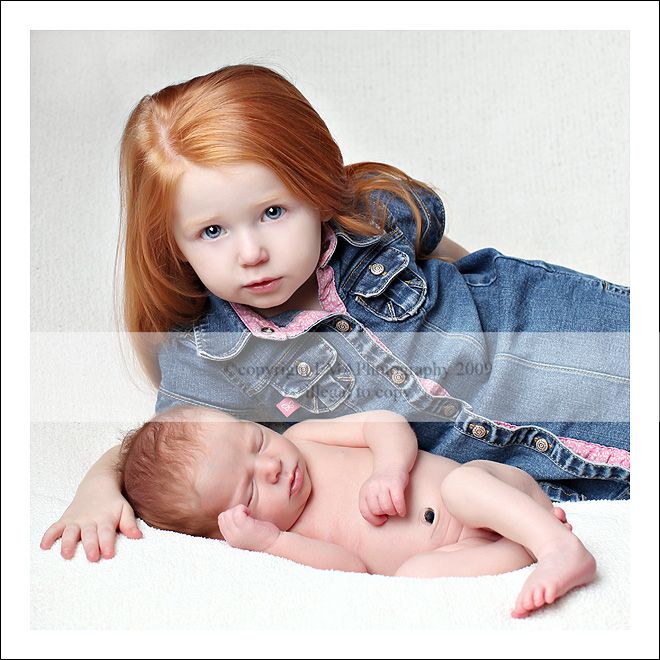
Genitalia
The genitalia (sexual organs) of both male and female infants may appear relatively large and swollen at birth. Why? It's due to several factors, including exposure to hormones produced by both the mother and the fetus, bruising and swelling of the genital tissues related to birth trauma, and the natural course of development of the genitalia.
In girls, the outer lips of the vagina (labia majora) may appear puffy at birth. The skin of the labia may be either smooth or somewhat wrinkled. Sometimes, a small piece of pink tissue may protrude between the labia — this is a hymenal tag and it's of no significance; it will eventually recede into the labia as the genitals grow.
Due to the effects of maternal hormones, most newborn girls will have a vaginal discharge of mucus and perhaps some blood that lasts for a few days. This "mini-period" is normal menstrual-type bleeding from the infant's uterus that occurs as the estrogen passed to the infant by the mother begins to disappear. Although it's much more common in boys, swelling in the groin of an infant girl can indicate the presence of an inguinal (groin) hernia.
Although it's much more common in boys, swelling in the groin of an infant girl can indicate the presence of an inguinal (groin) hernia.
p
Hydrocele
In boys, the scrotum (the sack containing the testicles) often looks swollen. This is usually due to a hydrocele, a collection of fluid in the scrotum of infant boys that usually disappears during the first 3 to 6 months. You should call your doctor about swelling or bulging in your son's scrotum or groin that lasts beyond 3 to 6 months or that seems to come and go. This may indicate an inguinal hernia, which usually requires surgical treatment.
The testicles of newborn boys may be difficult to feel in the swollen scrotum. Muscles attached to the testicles pull them up into the groin briskly when the genital area is touched or exposed to a cool environment. Infant boys also normally experience frequent penile erections, often just before they urinate.
More than 95% of newborns pee within the first 24 hours.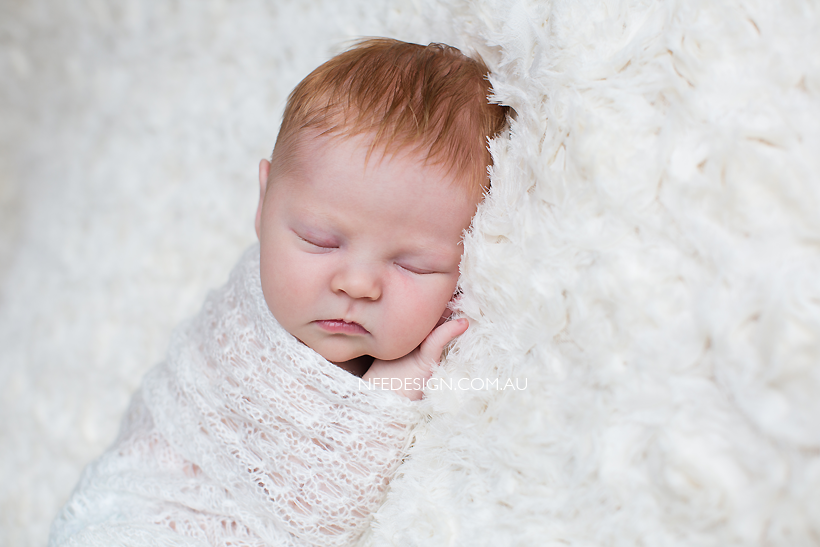 If your baby is delivered in a hospital, nursery personnel will want to know if this happens while your infant is with you. If a newborn doesn't urinate for what seems like a while at first, it may be that he or she urinated immediately after birth while still in the delivery room. With all the activity going on, that first urination may not have been noticed.
If your baby is delivered in a hospital, nursery personnel will want to know if this happens while your infant is with you. If a newborn doesn't urinate for what seems like a while at first, it may be that he or she urinated immediately after birth while still in the delivery room. With all the activity going on, that first urination may not have been noticed.
Circumcision Care
If your infant son was circumcised, it usually takes between 7 to 10 days for the penis to heal. Until it does, the tip may seem raw or yellowish in color. Although this is normal, certain other symptoms are not. Call your child's doctor right away if you notice persistent bleeding, redness around the tip of the penis that gets worse after 3 days, fever, signs of infection (such as the presence of pus-filled blisters), and not urinating normally within 6 to 8 hours after the circumcision.
With both circumcised and uncircumcised penises, no cotton swabs, astringents, or any special bath products are needed — simple soap and warm water every time you bathe your baby will do the trick.
No special washing precautions are needed for newly circumcised babies, other than to be gentle, as your baby may have some mild discomfort after the circumcision. If your son has a bandage on his incision, you might need to apply a new one whenever you change his diaper for a day or two after the procedure (put petroleum jelly on the bandage so it won't stick to his skin).
Doctors often also recommend putting a dab of petroleum jelly on the baby's penis or on the front of the diaper to alleviate any potential discomfort caused by friction against the diaper. How you take care of your baby's penis may also vary depending on the type of circumcision procedure the doctor performs. Be sure to discuss what after-care will be needed.
If your baby boy wasn't circumcised, be sure to never forcibly pull back the foreskin to clean beneath it. Instead, gently tense it against the tip of the penis and wash off any smegma (the whitish "beads" of dead skin cells mixed with the body's natural oil). Over time, the foreskin will retract on its own so that it can be pulled away from the glans toward the abdomen. This happens at different times for different boys, but most can retract their foreskins by the time they're 5 years old.
p
Skin
There's little doubt about the origin of the expression "still wet behind the ears," used to describe someone new or inexperienced. Newborns are covered with various fluids at delivery, including amniotic fluid and often some blood (the mother's, not the baby's). Nurses or other personnel attending the birth will promptly begin drying the infant to avoid a drop in the baby's body temperature that will occur if moisture on the skin evaporates rapidly.
Newborns are also coated with a thick, pasty, white material called vernix caseosa (made up of the fetus' shed skin cells and skin gland secretions), most of which will be washed off during the baby's first bath.
The hue and color patterns of a newborn's skin may be startling to some parents. Mottling of the skin, a lacy pattern of small reddish and pale areas, is common because of the normal instability of the blood circulation at the skin's surface. For similar reasons, acrocyanosis, or blueness of the skin of the hands and feet and the area surrounding the lips, is often present, especially if the infant is in a cool environment.
When bearing down to cry or having a bowel movement, an infant's skin temporarily may appear beet-red or bluish-purple. Red marks, scratches, bruises, and petechiae (tiny specks of blood that have leaked from small blood vessels in the skin) are all common on the face and other body parts. They're caused by the trauma of squeezing through the birth canal. These will heal and disappear during the first week or two of life.
Fine, soft hair, called lanugo, may be on a newborn's face, shoulders, and back. Most of this hair is usually shed in the uterus before the baby is delivered; for this reason, lanugo is more often seen on babies born prematurely. In any case, this hair will disappear in a few weeks.
In any case, this hair will disappear in a few weeks.
The top layer of a newborn's skin will flake off during the first week or two. This is normal and doesn't require any special skin care. Peeling skin may be present at birth in some infants, particularly those who are born past their due date.
p
Birthmarks
Not all babies come with a birthmark. However, pink or red areas, sometimes called salmon patches, are common and generally disappear within the first year. Most frequently found on the back of the neck or on the bridge of the nose, eyelids, or brow (hence the fanciful nicknames "stork bite" and "angel kiss"), they can occur anywhere on the skin, especially in light-skinned infants.
Mongolian spots, flat patches of slate-blue or blue-green color that resemble ink stains on the back, buttocks, or elsewhere on the skin, are found in more than half of black, Native American, and Asian infants and less often in white babies.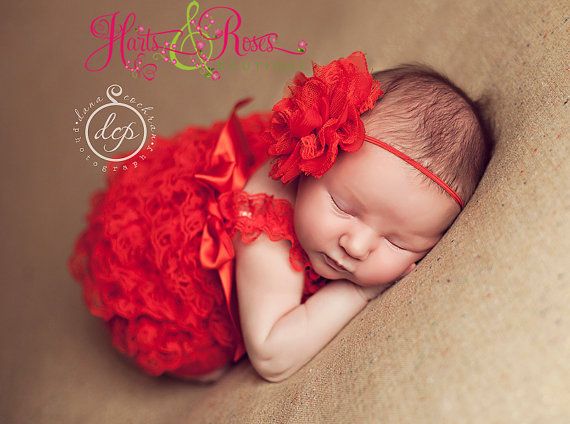 These spots are of no significance and almost always fade or disappear within a few years.
These spots are of no significance and almost always fade or disappear within a few years.
Strawberry or capillary hemangiomas are raised red marks caused by collections of widened blood vessels in the skin. These may appear pale at birth, then become red and enlarge during the first months of life. Then, they usually shrink and disappear without treatment within the first 6 years.
Port-wine stains, which are large, flat, reddish-purple birthmarks, won't disappear on their own. As a child gets older, cosmetic appearance concerns may require the attention of a dermatologist.
Cafe-au-lait spots, so called because of their "coffee with milk" light-brown color, are present on the skin of some infants. These may deepen in color (or may first appear) as the child grows older. They're usually of no concern unless they're large or there are six or more spots on the body, which may indicate the presence of certain medical conditions.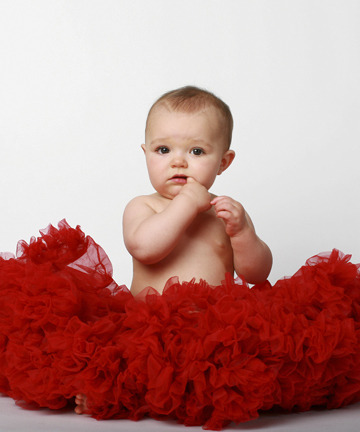
Common brown or black moles, known as pigmented nevi, also can be present at birth or appear (or get darker) as a child gets older. Larger moles or those with an unusual appearance should be brought to a doctor's attention because some may require removal.
p
Rashes
Several harmless skin rashes and conditions may be present at birth or appear during the first few weeks. Tiny, flat, yellow or white spots on the nose and chin, called milia, are caused by the collection of secretions in skin glands and will disappear within the first few weeks.
Miliaria — small, raised, red bumps that often have a white or yellow "head" — is sometimes called infant acne because of its appearance. Although miliaria often occurs on the face and can appear on large areas of the body, it's a harmless condition that will go away within the first several weeks with normal skin care.
Despite the frightening sound of its medical name, erythema toxicum is a harmless newborn rash consisting of red blotches with pale or yellowish bumps at the center, which can resemble hives. This rash usually blossoms during the first day or two after birth and disappears within a week.
This rash usually blossoms during the first day or two after birth and disappears within a week.
Pustular melanosis, a rash present at birth, is characterized by dark brown bumps or blisters scattered over the neck, back, arms, legs, and palms, which disappear without treatment.
Also, it isn't unusual to see infants born with sucking blisters on the fingers, hands, or arms because the fetus can suck while still in the uterus.
Newborn jaundice, a yellowish discoloration of the skin and white parts of the eyes, is a common condition that normally doesn't appear until the second or third day after birth and disappears within 1 to 2 weeks. Jaundice is caused by the accumulation of bilirubin (a waste product produced by the normal breakdown of red blood cells) in the blood, skin, and other tissues due to the temporary inability of the newborn's immature liver to clear this substance from the body effectively.
Although some jaundice is normal, if an infant becomes jaundiced earlier than expected or the bilirubin level is higher than normal, the doctor will follow the baby very closely.
Getting to Know Your Little One
The first days and weeks of a newborn's life are a time of great wonder and delight for most new parents. However, being responsible for this tiny creature can be scary, particularly if you're not familiar with how a newborn looks and behaves.
If you feel anxious or uncertain about any part of caring for your baby, don't hesitate to call your doctor, other health care professionals, or family or friends who have had experience caring for a newborn.
How a newborn baby changes - articles from the specialists of the clinic "Mother and Child"
Babin Evgeny Alexandrovich
Pediatric surgeon, Orthopedic traumatologist, Pediatric orthopedic surgeon
Mother and Child Clinic South-West, Mother and Child Clinic Kuntsevo,
The baby was born, and we expect him to look like beautiful and pink babies from advertising pictures. And he is some kind of red, then suddenly turned yellow, on the skin or a rash, or peeling.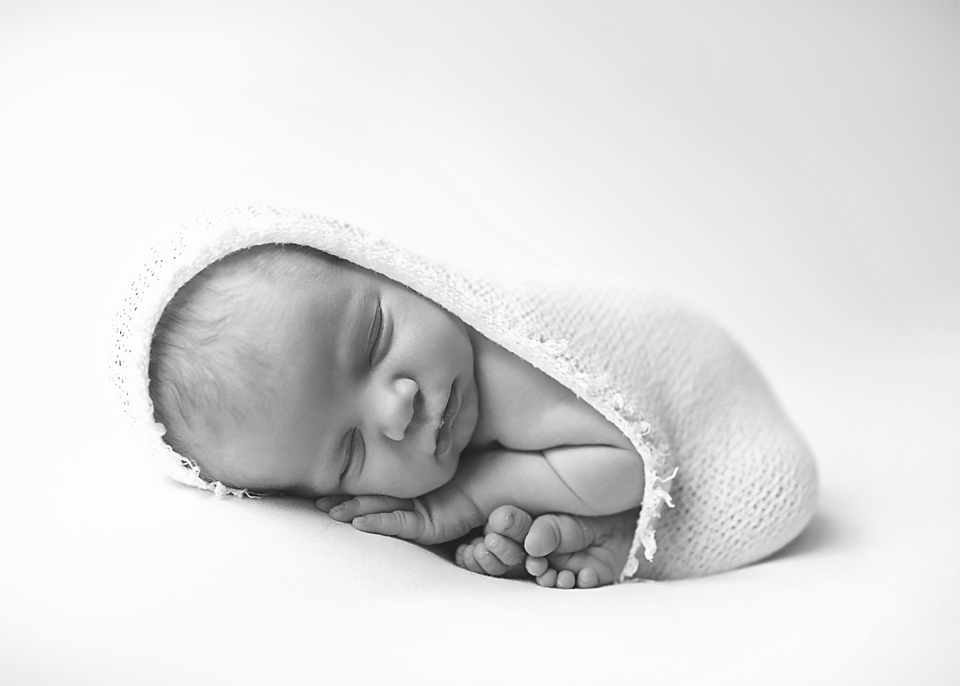 In addition, the weight is still unstable, the chair is incomprehensible - is the child healthy? Healthy, and all these changes are the so-called transient (transitional) states. Where do they come from, what do they look like and what to do with it all?
In addition, the weight is still unstable, the chair is incomprehensible - is the child healthy? Healthy, and all these changes are the so-called transient (transitional) states. Where do they come from, what do they look like and what to do with it all?
The child sat in the mother's stomach for nine months, swam in the water and received oxygen through the placenta. As soon as the baby was born, his world immediately became different: instead of water around him, air, the ambient temperature dropped from 36.6-37 ° C to 22-25 ° C, plus gravity, sounds, smells, bright light. And now you have to breathe (lungs) yourself, eat differently, and then also remove metabolic products. And just like that, it is not easy for a newborn to immediately switch from one lifestyle to another, it takes time. That is why, from the point of view of physiology, in the first month of life, “something happens all the time” with children, and much more often and brighter than in later life. These are the transitory (transitional, boundary) states. All of them surprise and even frighten young parents, especially since transition states appear and disappear very quickly. But for newborns, they are completely natural. What moms and dads see most often are transitional states of skin, stool, weight, plus or minus a couple more conditions.
These are the transitory (transitional, boundary) states. All of them surprise and even frighten young parents, especially since transition states appear and disappear very quickly. But for newborns, they are completely natural. What moms and dads see most often are transitional states of skin, stool, weight, plus or minus a couple more conditions.
How the skin changes
The child was born, and we see that he is all sort of bluish-purple, and then his skin color immediately turns red. On the second day after birth, the baby "blushes" the brightest. Doctors call this redness "erythema simple" and it appears due to the fact that the skin adapts to a new environment. Then the child's skin turns pale and by the end of the first week of life it becomes the pale pink color we are used to.
But that's not all. On the third or fifth day of life, the baby's skin may begin to peel off, especially on the abdomen and chest. What's this? Does the child lack vitamins, something with nutrition, is the air too dry in the house? No, this is also a transitional state - physiological peeling, and it is also associated with the fact that the skin is adapting to a new life.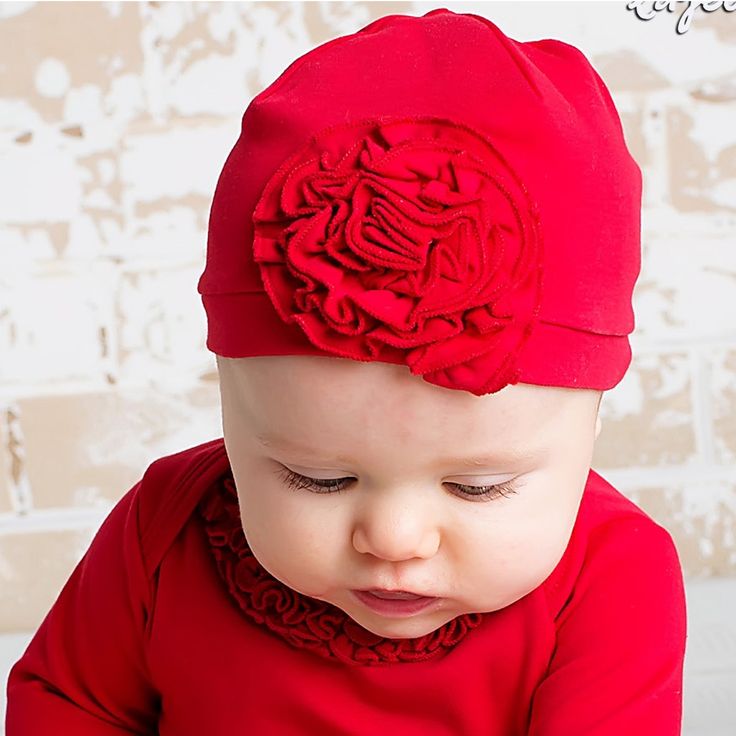 The skin flakes for about a week, and then everything goes away. You don't need to do anything with it. Of course, you can treat the skin with various softening lotions and creams, but there will be no significant effect from them. Very soon, the baby's skin will become smooth and soft on its own.
The skin flakes for about a week, and then everything goes away. You don't need to do anything with it. Of course, you can treat the skin with various softening lotions and creams, but there will be no significant effect from them. Very soon, the baby's skin will become smooth and soft on its own.
Most of all, parents are afraid of a rash on the baby's skin, which does not often, but sometimes still appears in the first week of life. This is the so-called toxic erythema - spots with grayish-yellow seals in the center. The rash is most often located on the extensor surfaces of the arms and legs around the joints, on the chest. Less often, such spots can be on the whole body (except for the palms, feet and mucous membranes). “Maybe it’s chickenpox, rubella, or some other disease?” parents are afraid. No, this is a kind of reaction of the skin of a newly born baby to its environment, especially to hypothermia, overheating, contact with clothes, food. Within one to three days, new spots may appear, but more often two or three days after the onset, they all disappear without a trace.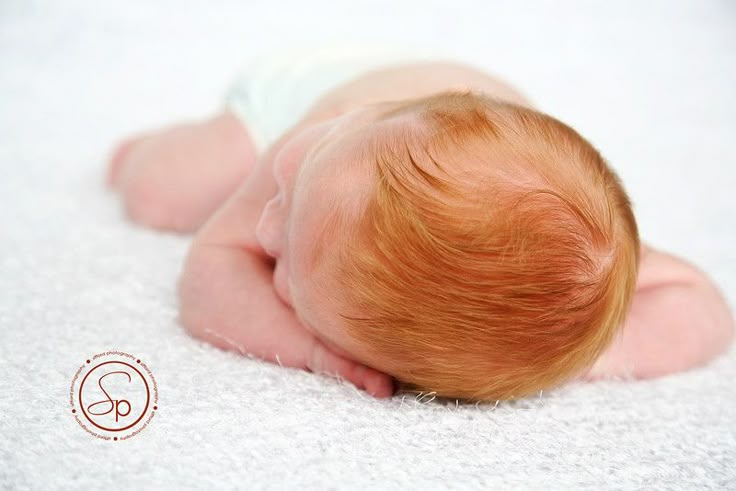 At the same time, the child’s well-being is not disturbed, the body temperature is normal and he does not need any medication. The only thing is that you need to take care of the bubbles on the skin: for example, gently blot them after bathing. And you also need to make sure that the bubbles do not rub and they do not burst (otherwise an infection may join them).
At the same time, the child’s well-being is not disturbed, the body temperature is normal and he does not need any medication. The only thing is that you need to take care of the bubbles on the skin: for example, gently blot them after bathing. And you also need to make sure that the bubbles do not rub and they do not burst (otherwise an infection may join them).
Physiological jaundice
The changes that are visible on the skin do not end there. Very often (in 60-70% of children) on the second or third day of life, the skin turns yellow, the maximum of yellowness occurs on the third or fourth day, and by the end of the first week it disappears. This is how physiological jaundice of a newborn is manifested - a condition in which the amount of bile pigment, bilirubin, increases in a child. In some children, jaundice is similar to a light tan (parents may not notice it), while in others, the skin will turn bright yellow. Very quickly, the level of bilirubin returns to normal and the skin color becomes normal again.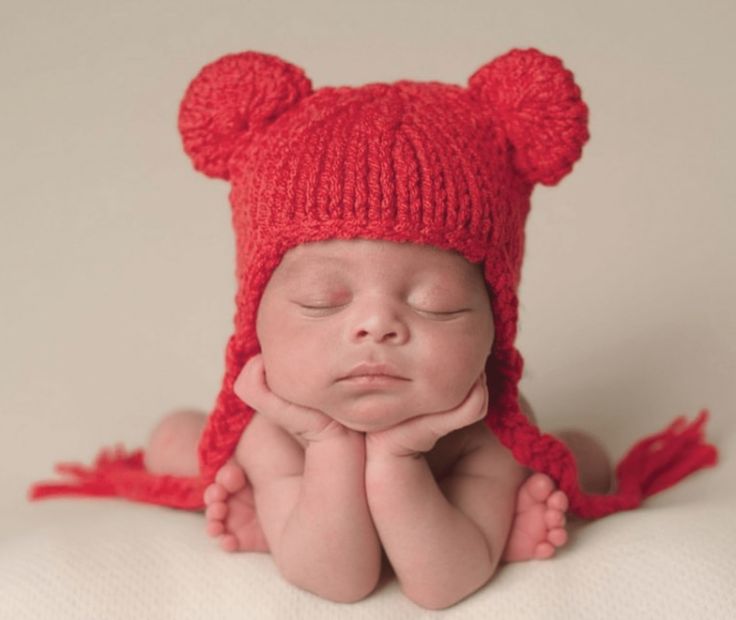 If jaundice is mild and passes quickly, then no additional treatment is needed. But if jaundice does not disappear or the skin color is intense yellow, you should consult a doctor.
If jaundice is mild and passes quickly, then no additional treatment is needed. But if jaundice does not disappear or the skin color is intense yellow, you should consult a doctor.
Weight loss
Do you think the baby will immediately be born well-fed, with folds and cute roundness? No, right after birth, this is still far away. In the first days of life, an already not too well-fed newborn will lose even more weight. Such weight loss is a natural process, the so-called physiological weight loss. Weight decreases because immediately after birth, the baby loses part of the water through the skin, its umbilical cord dries out, meconium (the first feces) and urine are excreted, and also because the baby still eats a small amount of milk. Maximum weight loss usually occurs by the third or fifth day and is normally no more than 6-8% of birth weight. At this time, mother and baby are usually discharged from the hospital, but there is no need to worry. By the seventh or tenth day of life, a healthy baby will restore its previous parameters.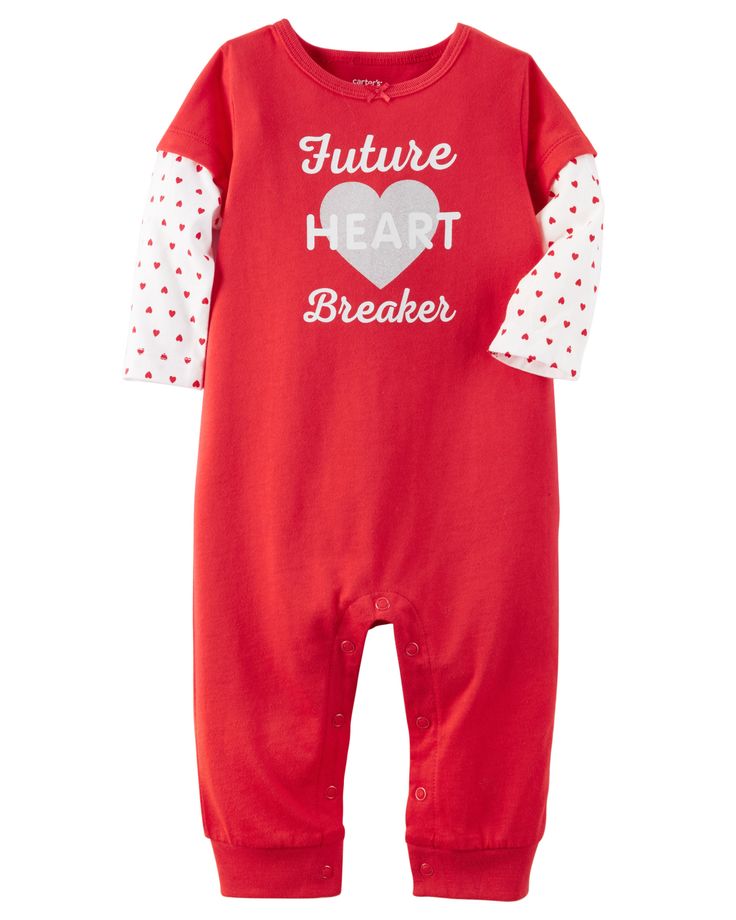
chair changes
On the first or second day, all newborns pass the original stool (meconium): it is thick, viscous and dark green in color. Time passes, the baby begins to receive colostrum, and on the third or fourth day of life, a transitional stool appears. Now areas of dark green color alternate with greenish and yellow ones, and some lumps, mucus are also visible in the stool. It all looks like some kind of intestinal disorder, but it's not. It's just that the gastrointestinal tract is moving to a new job, now it's ready to digest food. By the end of the first week of life, the stool in most children is yellow, similar to gruel, and it will continue to be so.
Warm-cold
A typical fear of all grandmothers is that the child is freezing! Yes, indeed, in newborns, the body temperature regulation processes are still imperfect, so babies easily cool down, but they also overheat just as easily. For example, if a newborn is dressed too warmly or placed next to a heating battery, he will quickly overheat, even if this is the usual temperature in the room.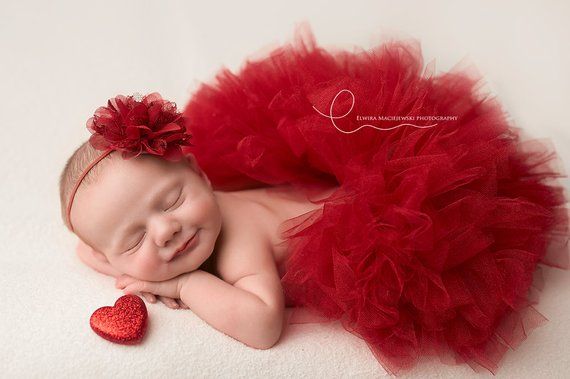 At the same time, the child easily loses heat when he is undressed for a long time or he lies in wet clothes. Therefore, in the room where there is a newborn, the air temperature should be adequate - 20-22 ° C. And if she rises higher, and the child is warmly dressed, then this will also not be good.
At the same time, the child easily loses heat when he is undressed for a long time or he lies in wet clothes. Therefore, in the room where there is a newborn, the air temperature should be adequate - 20-22 ° C. And if she rises higher, and the child is warmly dressed, then this will also not be good.
Sometimes, very rarely (in 1% of newborns), body temperature on the third or fifth day may temporarily rise to 38–39 °C. There are no other symptoms of the disease, the body temperature quickly returns to normal, but the parents have time to get scared. It’s difficult to figure out what it is - temporary hyperthermia or still a disease - it’s difficult, so it’s better to call a doctor.
Hormonal crisis
An uncommon occurrence, but it also occurs occasionally. In some children, on the third or fourth day of life, the mammary glands become engorged (in both girls and boys). They increase as much as possible by the seventh or eighth day, and liquid discharge may even appear from them. Some girls have very little bloody discharge from the vagina for a very short time. This is the so-called hormonal crisis - it occurs due to the action of maternal hormones - estrogens (they penetrate through the placenta during childbirth). At the peak of estrogen action, the signs of a hormonal crisis are maximum, then the hormones are removed from the body and the symptoms gradually disappear. Therefore, you don’t need to apply a cabbage leaf to your chest, make compresses with camphor or something else: everything will pass by itself.
Some girls have very little bloody discharge from the vagina for a very short time. This is the so-called hormonal crisis - it occurs due to the action of maternal hormones - estrogens (they penetrate through the placenta during childbirth). At the peak of estrogen action, the signs of a hormonal crisis are maximum, then the hormones are removed from the body and the symptoms gradually disappear. Therefore, you don’t need to apply a cabbage leaf to your chest, make compresses with camphor or something else: everything will pass by itself.
Usually, all these transitional states are pronounced in the first week of life, less often, but it happens that they drag on for up to three to four weeks. One more thing - it is not necessary that the child will show all transitional states, but almost everyone has physiological weight loss and transitional stools. And many of the transitional states are completely invisible to parents, but they also exist, they can simply be identified only by laboratory methods.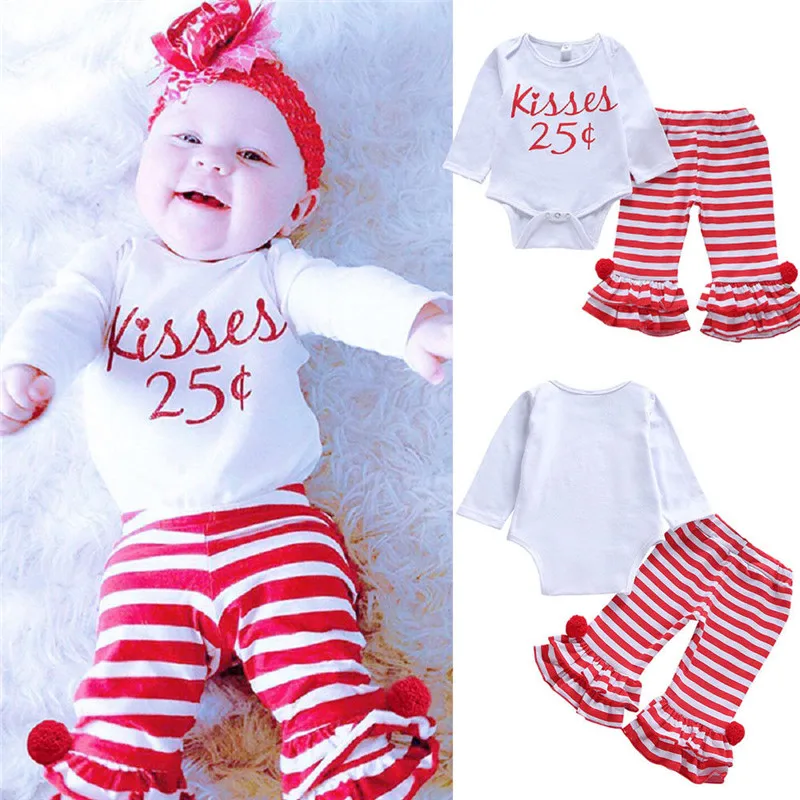
So we are not in a hurry to be frightened, noticing that the child’s skin suddenly began to peel off or he turned slightly yellow. We remember that he must adapt to a new life, that in the first time after birth, the baby has the right to some changes. Especially if, with all this, the baby is cheerful, calm and eats well. Well, if you are still somehow anxious, ask your pediatrician questions. He will definitely be able to put everything in its place.
Inset
The maximum weight loss in a newborn usually occurs by the third or fifth day and normally amounts to no more than 6-8% of body weight at birth.
From the point of view of physiology, in the first month of life, “something happens all the time” with children, and much more often and brighter than in later life. These are the transitory (transitional, boundary) states.
In infants, the body temperature regulation processes are still imperfect, so they easily become overcooled and overheated.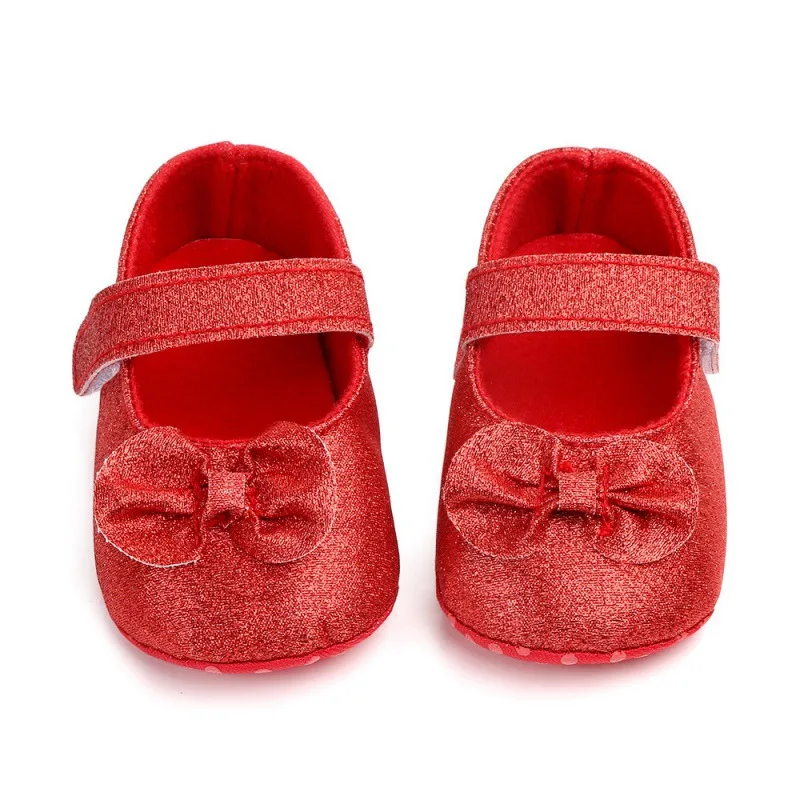 In this regard, in the room where there is a newborn, the air temperature should be about - 20–22 ° C.
In this regard, in the room where there is a newborn, the air temperature should be about - 20–22 ° C.
Physiological jaundice of the newborn:
- occurs on the 2-3rd day of the baby's life, reaches a maximum on the 4-5th day, and disappears by the 10th day;
- the general condition of the child does not suffer;
- the level of bilirubin in the blood does not exceed 180 µmol/l.
Make an appointment
to the doctor - Babin Evgeny Alexandrovich
Clinic "Mother and Child" KuntsevoClinic "Mother and Child" South-West
Pediatric surgeryChildren Medical examinationSupervision of children at homeSupervision of children with special needs
By clicking on the send button, I consent to the processing of personal data
Attention! Prices for services in different clinics may vary. To clarify the current cost, select a clinic
Clinical Hospital MD GROUPClinical Hospital Lapino-1 "Mother and Child"Children's Clinic KG "Lapino" on New Riga (branch)Clinic "Mother and Child" KuntsevoClinic "Mother and Child" SavelovskayaClinic "Mother and Child" South-WestClinic "Mother and Child" » Novogireevo
All directions
01.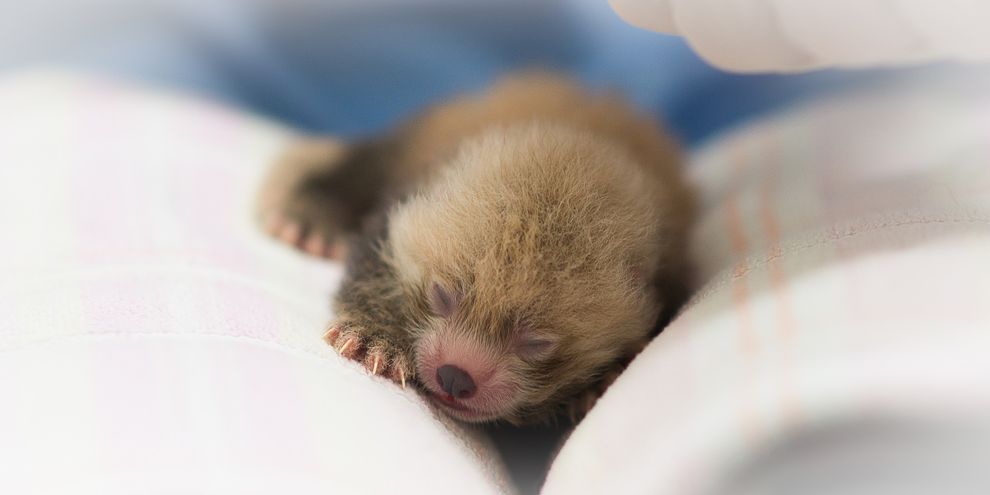
Kinesiotherapy for children
02.
Specialist consultations (adults)
03.
Specialist consultations (children)
04.
Massage/manipulation for children
05.
Therapeutic research
Nothing found
The administration of the clinic takes all measures to timely update the price list posted on the website, however, in order to avoid possible misunderstandings, we advise you to clarify the cost of services and the timing of the tests by calling
How to care for the skin of a newborn.
After discharge from the hospital, mother and baby gradually get used to the daily routine. The child should eat well and be warm - this is the first on the list. No less important is the care of the skin of the baby, which is very delicate and sensitive to external stimuli. To adapt to the new environment, the baby needs time and care of parents. Chemicals, fragrances, dyes in clothes, and detergents cause redness, diaper rash, or a rash.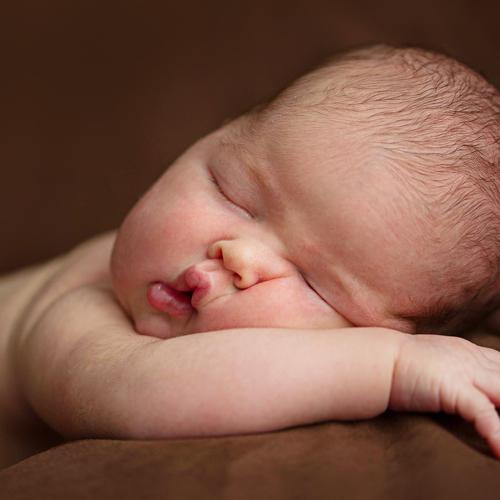 How to properly care for the skin of a newborn to protect the child from contact dermatitis, allergies, and other rashes?
How to properly care for the skin of a newborn to protect the child from contact dermatitis, allergies, and other rashes?
Bathing
The baby is born with a protective covering. During this period, there is no need to bathe the baby or use baby lotions and creams.
A full bath is normal from the first days of a baby's life, the main thing is to follow the rules:
- bathe your baby in a warm room.
- water should be at body temperature: 36-37 degrees to the touch.
- make sure that the necessary items for the procedure are within reach. - remove jewelry that can scratch the child.
- hold the newborn firmly by lifting his head above the water.
- do not use cotton swabs to clean the nose and ears.
- To wash your baby's face, use water without soap.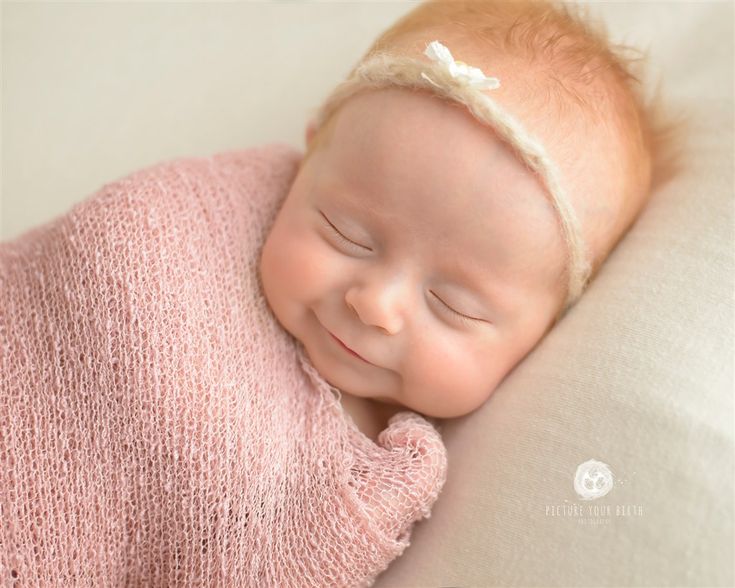
- never leave a child unattended while bathing, even for a moment.
- for the first 2-3 months after birth, avoid shampoo and soap, which can cause an allergic reaction in the baby.
- if you do use baby bath products, make sure they are soft, suitable for babies and odorless.
- then carefully wrap the baby in a cotton towel or a special corner robe for newborns.
- the room in which the baby will be after the bath should be warm, and air conditioners and fans should be turned off to prevent colds.
Umbilical Cord Care
By the time of discharge from the hospital, this organ, which connected mother and baby during all 9 months of pregnancy, will begin to dry out. Gradually, the umbilical cord atrophies and falls off within 1-2 weeks. Until then, the place of its attachment to the belly of the newborn must be kept clean and dry.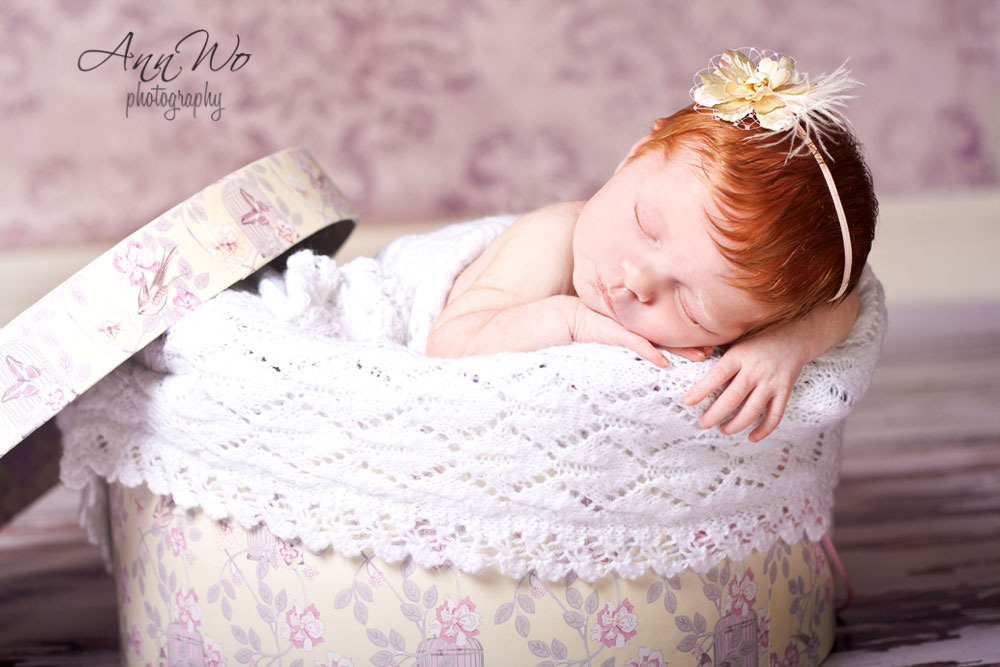 All you need is plain water. You can not pull the keratinized part, even if it begins to fall off. The process will end by itself. To protect your baby's delicate skin, buy diapers for newborns that have a notch in the waistband for the unhealed navel. If you are using regular diapers, fold the edge so that the fabric does not rub against the tummy. In some cases, the child may need a doctor. Contact your pediatrician if your child has a fever of 38°C or more along with changes in the navel: the area is red and swollen; oozing yellow pus; there is an unpleasant smell. Many mothers are worried about the appearance of small specks of blood on the baby's undershirt or diaper, the child's bed. A little bleeding is normal.
All you need is plain water. You can not pull the keratinized part, even if it begins to fall off. The process will end by itself. To protect your baby's delicate skin, buy diapers for newborns that have a notch in the waistband for the unhealed navel. If you are using regular diapers, fold the edge so that the fabric does not rub against the tummy. In some cases, the child may need a doctor. Contact your pediatrician if your child has a fever of 38°C or more along with changes in the navel: the area is red and swollen; oozing yellow pus; there is an unpleasant smell. Many mothers are worried about the appearance of small specks of blood on the baby's undershirt or diaper, the child's bed. A little bleeding is normal.
Diapers and diapers
Change diapers more often as soon as you notice that they are wet or dirty. If left for too long, it can cause infections. For newborn hygiene, thoroughly clean the genital area after every diaper change. Wash your baby under warm, running water to prevent irritation. Allow a few minutes for the skin to air dry, or gently pat dry with a soft towel. Use baby wipes less often to care for your newborn's skin. Perfume and alcohol in them can cause irritation, cause a rash. Make sure you buy diapers in a size that fits your baby. If the baby's skin in the diaper area is irritated, choose a different brand or stop using them for a while. . Wash reusable diapers and diapers with a mild, unscented detergent or clean, hot water. Most diaper rashes on a newborn's skin are not dangerous, but some can be a sign of an infection and need to be looked after. If the baby's skin is very reddened, itchy, or causes pain, contact your pediatrician immediately.
Wash your baby under warm, running water to prevent irritation. Allow a few minutes for the skin to air dry, or gently pat dry with a soft towel. Use baby wipes less often to care for your newborn's skin. Perfume and alcohol in them can cause irritation, cause a rash. Make sure you buy diapers in a size that fits your baby. If the baby's skin in the diaper area is irritated, choose a different brand or stop using them for a while. . Wash reusable diapers and diapers with a mild, unscented detergent or clean, hot water. Most diaper rashes on a newborn's skin are not dangerous, but some can be a sign of an infection and need to be looked after. If the baby's skin is very reddened, itchy, or causes pain, contact your pediatrician immediately.
What to do in case of skin problems
In the first months after birth, a baby may develop a rash, irritation, diaper rash, which seem unusual to parents.
Most of the newborn skin problems do not require treatment:
- baby pimples - a small red rash on the face. As a rule, it disappears over time without intervention.
As a rule, it disappears over time without intervention.
- milia are tiny whiteheads on a child's face.
- erythema is a common patchy rash that can affect newborns. Some appear as yellow or white bumps surrounded by a red halo. The rash tends to migrate to different parts of the body. It is most common on the second day of life, but may appear at birth or within the first two weeks. There is no cure - erythema gradually disappears on its own.
Eczema
This rash appears as red bumps that may fester. It usually appears on the forehead, cheeks, or scalp, and sometimes spreads to other parts of the body. The risk group includes infants who suffer from allergies from birth or have a genetic predisposition to the disease. In case of pathology, it is recommended to use special moisturizers: ointments, creams, oils. Do not bathe the baby for a long time with this disease. When an allergic rash appears, a consultation with a pediatrician is required.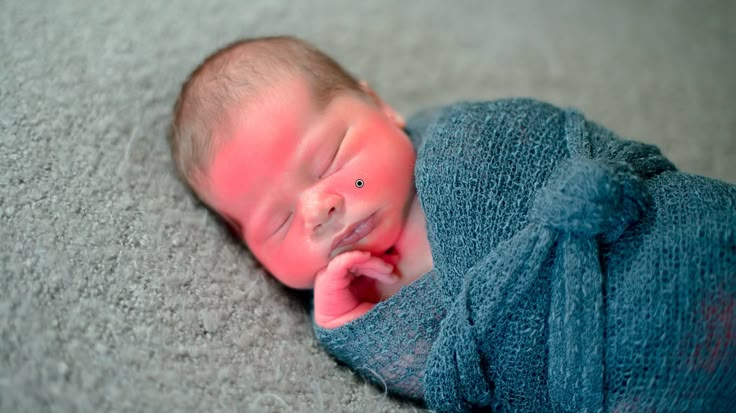
Diaper rash
Causes of occurrence:
- late diaper change. Urine or stool in a diaper irritates a newborn's skin, causing red weeping spots.
- bacterial or yeast infection. Taking antibiotics can cause the growth of fungi of the genus Candida. It usually appears around the genitals and buttocks of an infant. It looks like red spots with a whitish coating.
How to properly care for your skin to prevent diaper rash:
- do not use reusable diapers frequently.
- Avoid talcum powder: it dries out the skin of a newborn.
- air baths for half an hour.
Prickly heat
Heat rash is caused by overheating of the body. It is usually visible in the folds of the baby's skin. Hot, humid weather is a favorable time for prickly heat. To avoid rashes, keep your newborn cool by dressing him in loose cotton clothing.
